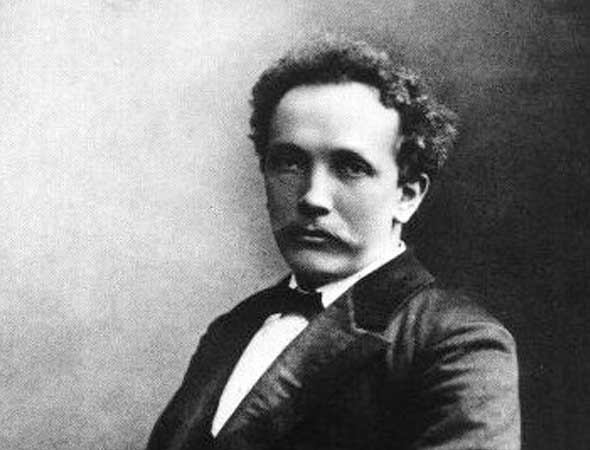R. STRAUSS: Duet Concertino for Clarinet and Bassoon
by Jeff Counts
THE COMPOSER – RICHARD STRAUSS (1864-1949) – Blessed with long life and endless intellectual stamina, Richard Strauss was prolific in the genres of opera, lieder and the orchestral tone poem. His contributions in those areas are legendary and peerless. He was, however, surprisingly silent in the standardized compositional categories that inspire comparisons across borders and time. He wrote only two symphonies, one string quartet and very few concertos. In the latter group are the two horn concertos, an oboe concerto, the Burleske for piano and orchestra and a rarely heard violin concerto he completed as a teenager. That would have been it for orchestral soloists, if not for a very special commission Strauss received near the end of his life.

THE HISTORY – The piece written in fulfilment of that commission would be the last purely instrumental music of Strauss’ career, with only the Four Last Songs still left to be said. In 1947, about the time he began to conceive of the Duett-Concertino for Clarinet and Bassoon, Strauss was asked by a London journalist about what was next for him. “Well, to die, of course!”, said the composer, and he wasn’t far off the mark. Within two years it would be so, but there was work to do in the meantime. The commission came from the Orchestra of Italian Switzerland in Lugano and their conductor Otmar Nussio, but Strauss had a specific friend in mind when he put pen to paper. Hugo Burghauser was principal bassoon of the Vienna Philharmonic and one of Strauss’ oldest mates. Burghauser heard about the piece in a letter from the composer. “I am occupied with the idea for a double concerto for clarinet and bassoon,” Strauss wrote, “and I am thinking of your marvelous sound. Perhaps it will interest you.” Perhaps indeed. Bassoonists, even the ones with famous friends like Richard Strauss, don’t get this kind of letter every day. There were early indications that Strauss intended to follow a programmatic design for the Duett-Concertino based on a Hans Christian Anderson tale. In the story of The Swineherd, a prince (the bassoon) pretends to be the pig handler in the palace of the princess (the clarinet) in order to get close to her. Strangely, Strauss told Burghauser a completely different story about a princess (still the clarinet) who is startled by a bear (the bassoon) which later transforms into a prince after they dance. In the end, it seems that neither scenario was followed to the letter, so the duo-concerto should probably be enjoyed as a purely musical experience. It works perfectly well without the pigs and bears and is a lovely example of the lean, retrospective voice Strauss often used in his final years.
THE WORLD – Elsewhere in 1948, Mahatma Gandhi was assassinated, Israel was established as an independent nation, the World Health Organization was founded and the first Polaroid cameras went on sale in Boston.
THE CONNECTION – The Utah Symphony has performed the music of Strauss quite frequently during its long history, but this is the first time it has presented the Duett-Concertino.












